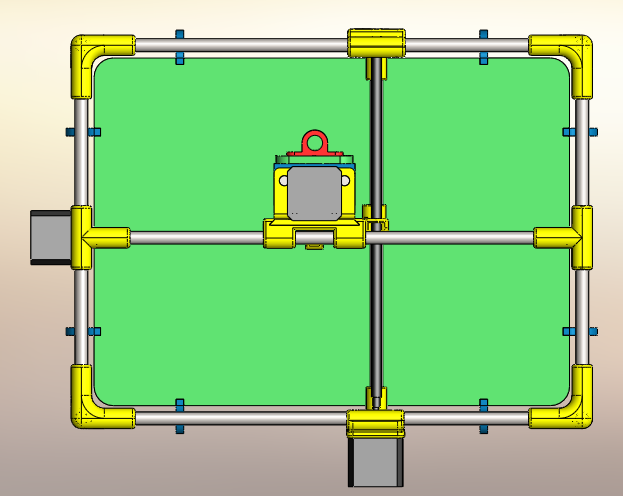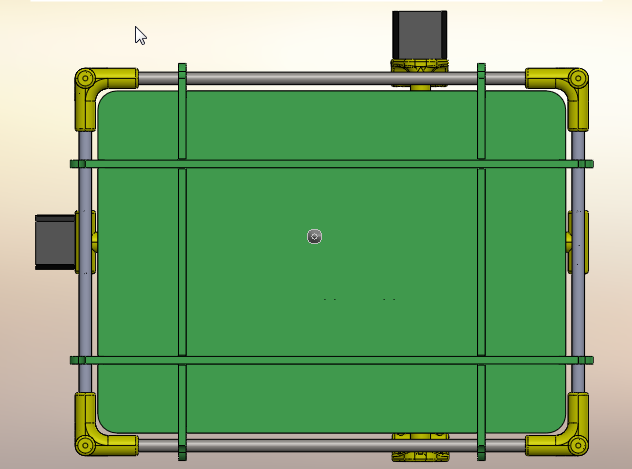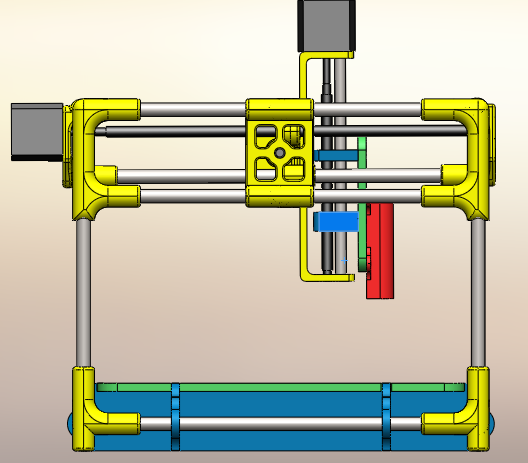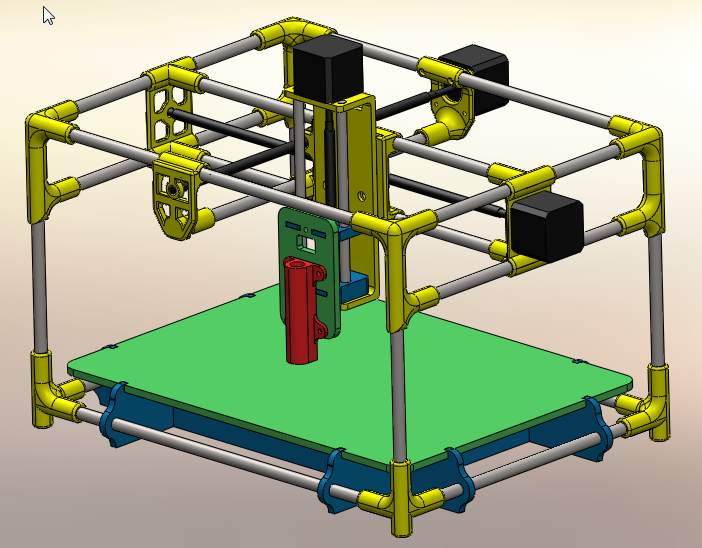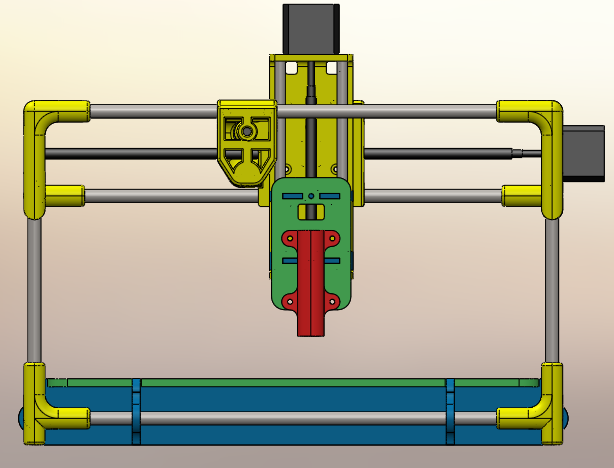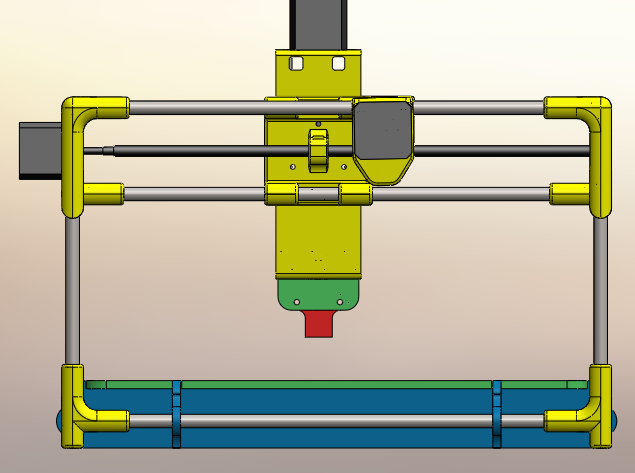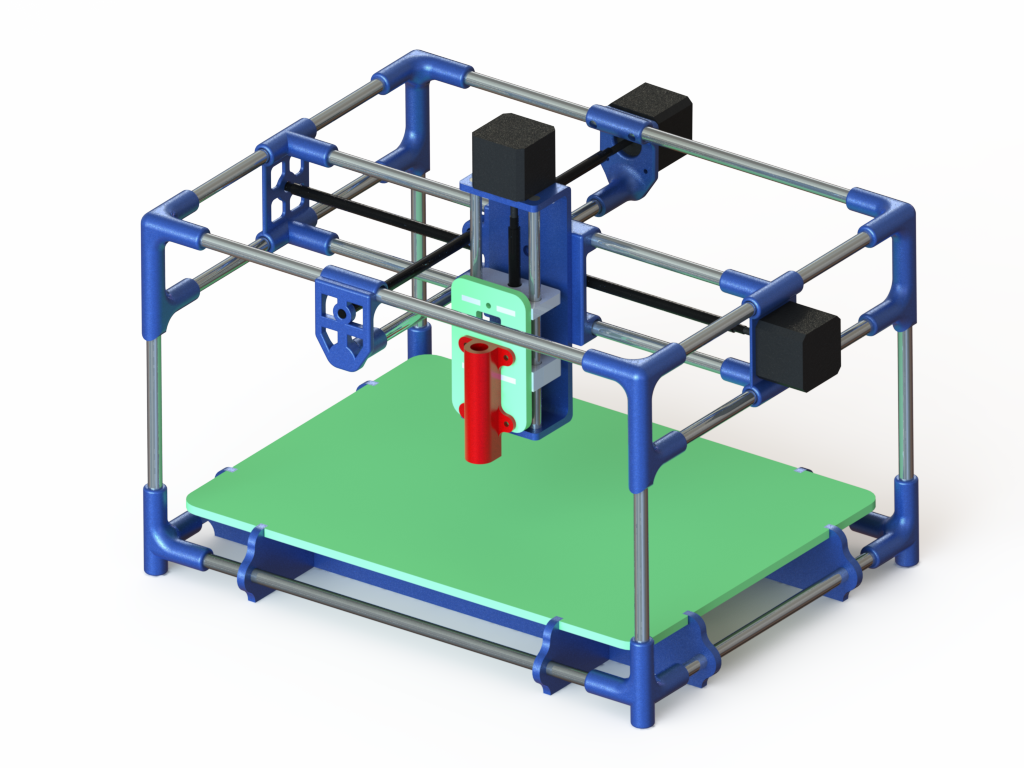Final project presentations
My Final Project For The Fab Academy .
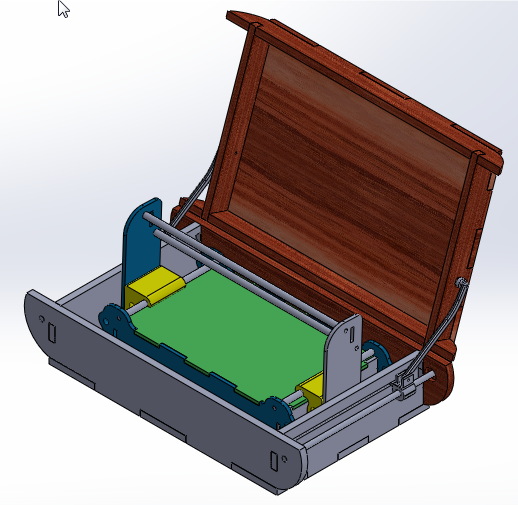
Initial idea.
See other views HERE:
Final Chosen Design ready To be prototyped
About the Project:
Working on my final project turned out as a fun to do activity, I had the chance to work around electronics and programming.
My final project was planned to be 2D and 2&1/2D Milling machine that should be able to arrange itself out of a box automatically and be able to fold back into the box with a press of a button in power mode.
In the process of designing and analyzing the machine, I realized it did not meet most of what I am aiming.
For example:
• It did not meet , my complexity test : my aim was to make this machine as less complex as possible, but it turned out the other way round.
• It had too many different parts / component.
• Possibility of it being expensive is high:
So thinking around the clock, I got inspired by the way pipe are liked together using various joints, I decided to work on the same 2D and 2&1/2D Milling mechine using basically the same principle, but this time less complicated and with fewer different parts.
This new machine that I call the "CNClinks," to me will more efficient, less complex, come with less different parts, easy to assemble, and aesthetically pleasing compared to the machine I planned to make, and yet will come out to be less expensive.
Software's Used:
In other to get this project done, I had to understand and know how to make use of both the CAD (Computer Aided Design) programs and CAM (Computer Aided Manufacturing) programs. Some of the CAD and CAM programs I used were: Gimp, CorelDraw, SolidWorks, Eagle Circuit design program and a bit of Inkscape. The CAM programs I used were basically, Fab Modules and partworks.
Machines Used:
Building my machine involved the use of the 3D printer, the Modella printer, the epilog laser cutter, some third hand tool and manual lathe machine.
Methods used:
Even with the concept of making the machine with fewer different parts as possible, it turned out I could would be able to apply most of the methods of building parts for machines. Some of these methods includes: Laser cutting, 3D printing, Machining, Molding and casting, Modella milling.
The inspiration to my new Machine:

Parts That makes up the machine: As explained earlier, the machine is made of fewer parts as possible and these parts are categorized into:

• The rails and rods

• The motors and bearings
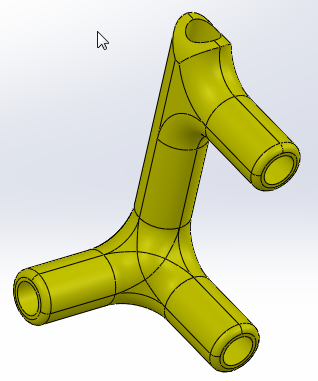
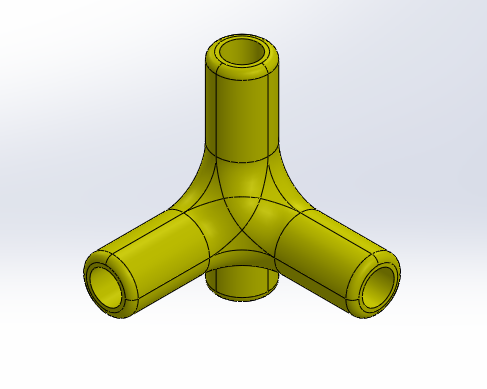
• The connecting links
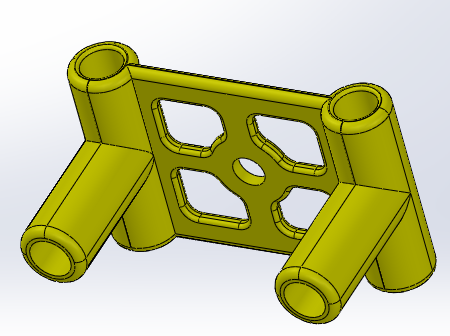
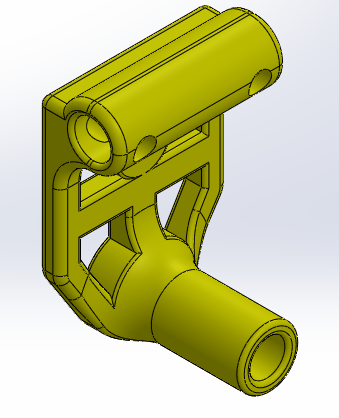
• The Bushings
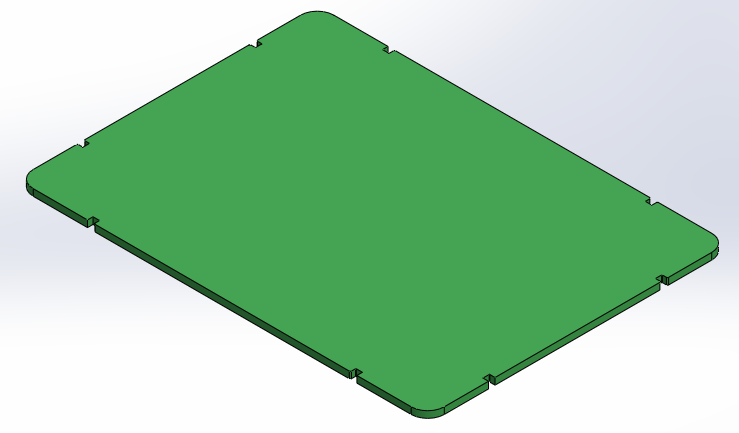
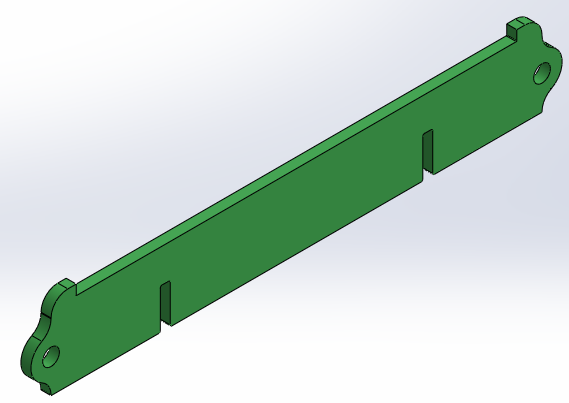
• The Bed assembly


• The motion control system
Method used in making the various part category and the role of each category:
• The rails and rods : These parts will be machined using a manual lathing machine. these parts will form the framework of the machine and also serve as rails along which the axis travel.
• Bearings : In there to save cost, I intend to use as few as three bearings in the system and make it possible for parts of my bushings to serve as the additional bearing by choosing materials that have very low frictional reaction when robbed against each other.
• The connecting links : The methods I intend using for these part are the combination of 3d printing and then molding and casting and will serve the purpose of connecting the rods together to form a perfect and aesthetically pleasing frameworks.
• The Bushings : The bushings will be made by 3D printing and Molding and Casting. these parts will serve as guides for the axis and perform as bearings on the rails as well.
• The Bed assembly: these parts of the machine will be made using the laser cutter and will the part of the machine to hold a work piece in position for processing.
• The motion control system: The control system will be made using the Modella milling machine and programmed with the arduino or the fab ISP programmer.
Images of the Machine (CNClinks):

